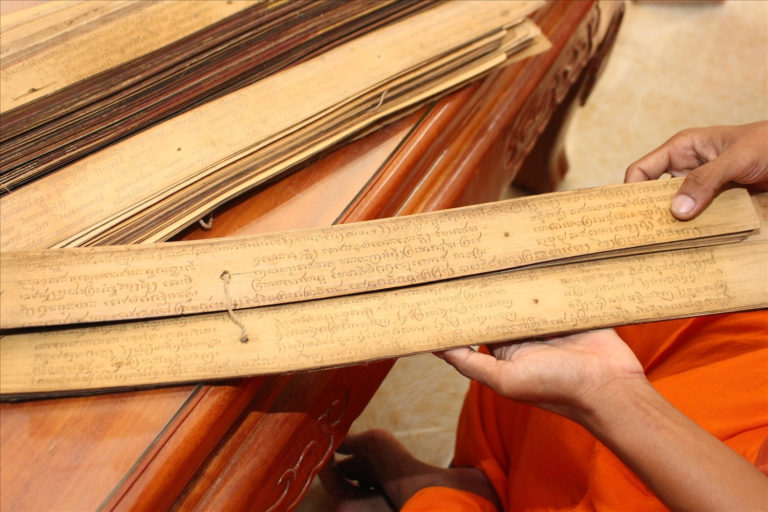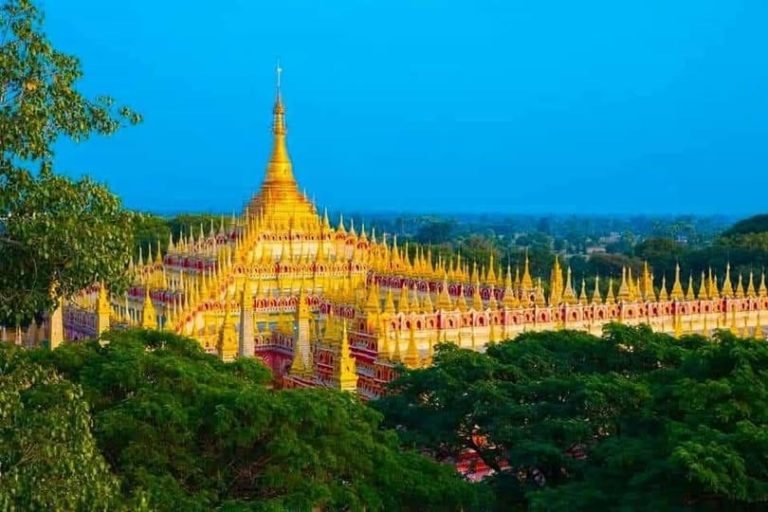The discovery of Ghwandai Top in Swat, Pakistan, is being hailed as one of South Asia’s most significant archaeological finds. Located near Barikot, this hilltop site reveals a remarkable layering of civilisations—from Vedic and Indo-Greek to Buddhist, Brahmanical, and early Islamic periods. Excavated over four years by the Italian Archaeological Mission and local authorities, the site includes ancient fortifications, stupas, temples, and urban structures that reflect Swat Valley’s role as a spiritual and political crossroads for millennia.

Historically known as Vajirasthana, or “fortress of the vajra,” the site is steeped in mythological and religious symbolism. It was revered in Vedic tradition as a symbol of Indra’s thunderbolt and later became central to Buddhist narratives involving Vajrapāṇi. During the Kushan era, it flourished as a Buddhist centre before being transformed into a Brahmanical stronghold under the Turk Shāhi rulers. Even during the Ghaznavid period, traces of its spiritual past endured.
Today, Ghwandai Top is poised to become a global heritage tourism destination. Its sacred architecture—ranging from stupas and Hindu temples to early mosques—offers a rare opportunity for interfaith pilgrimage and cultural exploration. Scholars and activists see it as a “cultural bridge” that celebrates shared histories and fosters mutual understanding.
To unlock its full potential, experts call for improved infrastructure, multilingual visitor centres, and sustainable tourism development. With growing international interest and support from initiatives like the World Bank’s KITE project, Ghwandai Top may soon stand alongside the world’s most iconic archaeological sites as a beacon of South Asia’s pluralistic past and enduring legacy.



